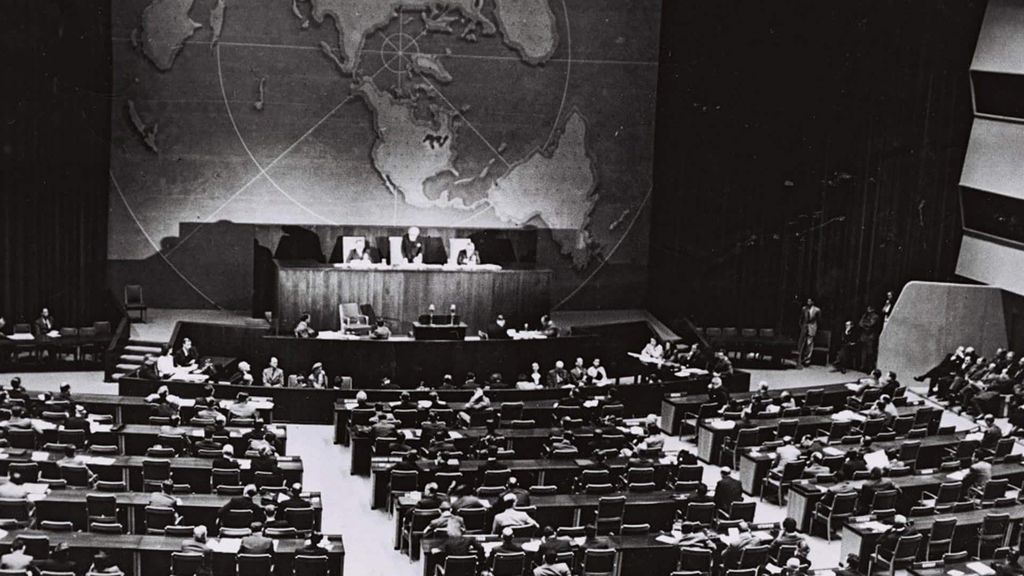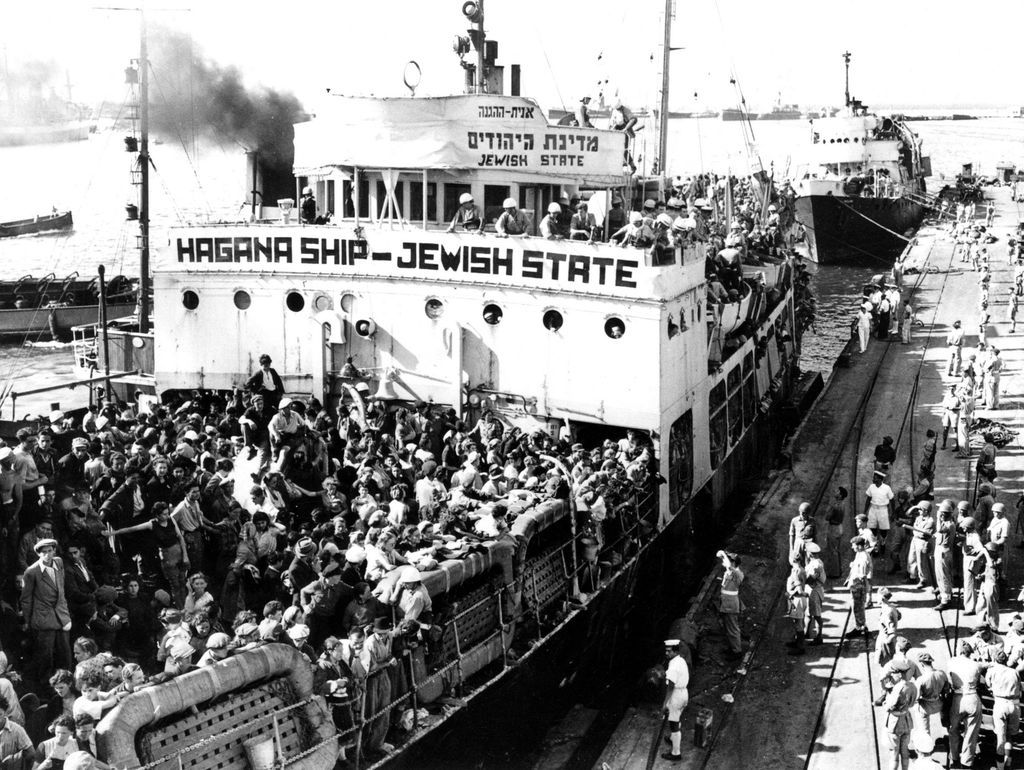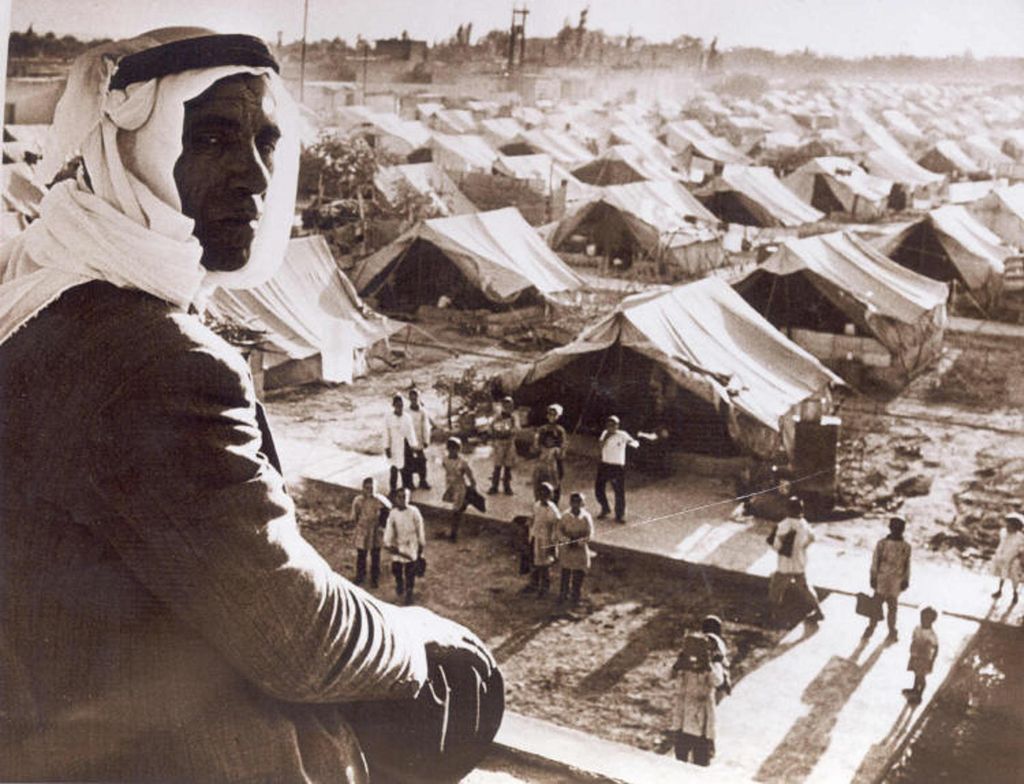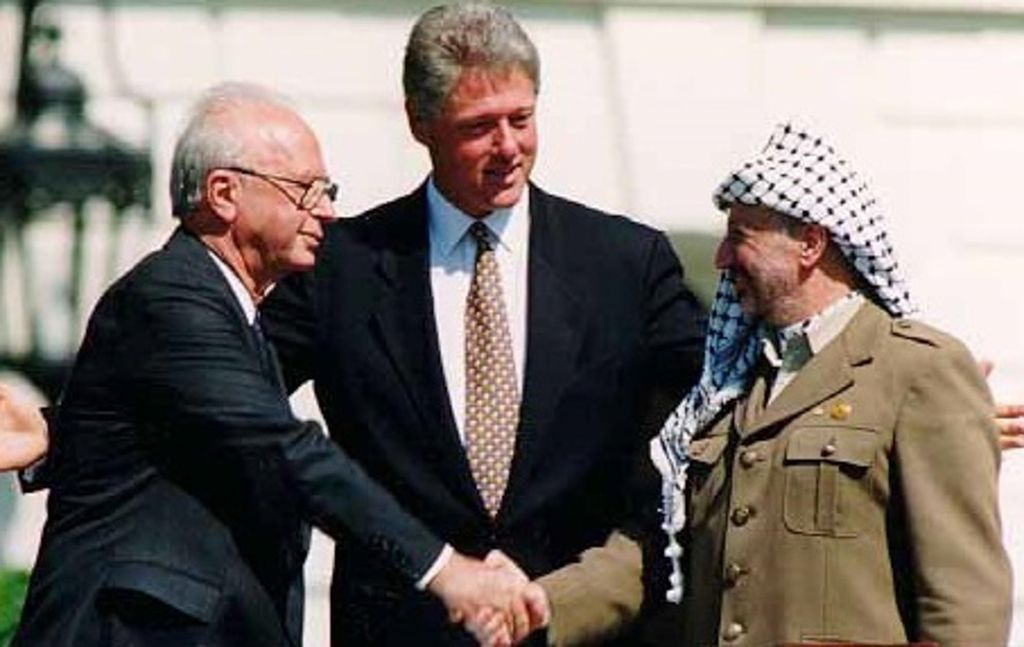The Middle East Conflict


The Middle East conflict is a complex territorial conflict between Israelis and Palestinians and their respective allied states. The roots of the dispute lie in the late 19th century when both supporters of the idea of a Jewish nation state (Zionism) and sections of the Arab population made territorial claims on the region between the Mediterranean and the Jordan in what was then the British Mandate for Palestine.
Both parties to the conflict tried to achieve their political goals and establish new states through diplomacy as well as through violence and terrorist attacks. After the founding of the State of Israel in 1948 as a reaction to European antisemitism and the Shoah, wars and continuous violence ensued.
Palestinians driven out of their homeland and their allies described the creation of the State of Israeli as “nakba” – a catastrophe. In the 1960s, the “Palestine Liberation Organisation” (PLO) was founded that attracted worldwide attention through plane hijackings and deadly attacks, particularly after the Six-Day War in 1967. Parallel to the violent conflicts, protagonists on both sides strove to achieve peace.


Great hopes were held in the 1990s following the signing of the Oslo Accords. The peace process was named after the Norwegian capital as, with international support, the first secret negotiations between representatives of Israel and the PLO had been held there. The accord was intended to pave the way for the peaceful coexistence of Palestinians and Israelis in two neighbouring states in the long term. Hanna Maron, who was seriously injured in the Palestinian attack in Riem 1970, supported a peaceful coexistence that was to have been orientated on the borders of the State of Israeli in 1967, in other words, before the Six-Day War.
Vehement opposition to the agreement on both the Palestinian and Israeli sides ultimately jeopardised the peace process. In 1995, the Israeli Prime Minister Yitzhak Rabin was assassinated by a right-wing extremist Israeli in Tel Aviv after taking part in a peace demonstration. On the Palestinian side, politically and religiously motivated protagonists rejected the State of Israel and, with attacks and waves of violence, blighted efforts to reach a peaceful coexistence. To this day, no lasting peace in the region is in sight.